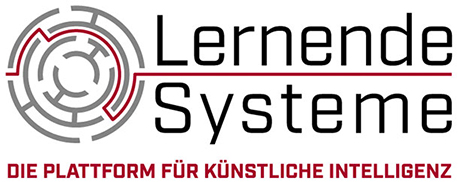Generating more energy from waste
Waste is an important basic material for energy generation. However, the calorific value of waste varies. More information about waste properties would support incinerator operators to control the plants more efficiently. With the help of AI methods, researchers from the University of Hannover and OFFIS - Institute of Computer Science want to comprehensively digitize waste incineration - and thus enable new forms of plant control.

Packaging, diapers, clothing - our waste consists of countless and very different items. When these materials are burned, different amounts of heat are released depending on the materials processed. In a waste incineration power plant operated by EEW Energy from Waste GmbH, scientists from Hannover are using data mining and machine learning methods to analyze waste combustion.
"With our machine learning approach in combination with image recognition of the waste, we are trying to enable the prediction of the combustion properties in order to optimize the control of the combustion process and thus ensure that waste incineration will be even more economical and ecological in the future," explains OFFIS project manager Alexandra Pehlken. The work carried out so far in the Waste Incineration Boiler 4.0 (AVKVIN) project, which is funded by the German Federal Ministry of Economics and Climate Protection (BMWK), is divided into two phases.
Identifying waste by image recognition
In the first step, a neural network was trained with over 14 million photos of products such as beer bottles, car tires or plastic bags in different shapes. It learned to recognize 1,000 different object classes independently. Even at this stage, the pre-trained neural network succeeded in correctly recognizing some objects in waste images. For further analyses, however, it is necessary to also examine those waste images in which the objects are no longer clearly recognizable.
In the next step, the neural network was therefore trained with images from a waste incineration power plant. There, a quantity of waste between three and seven tons was regularly discharged by a gripper into a hopper. From there, the waste entered the incineration chamber. This process was continuously recorded by video camera. To create a data set with 10,000 images, 2,500 hours of raw video material were analyzed.
The scientists' goal: By repeatedly analyzing and training the data set, the neural network should be able to predict the calorific value of individual waste batches more and more accurately based on image recordings. The research is still ongoing, but the initial results are promising that the use of AI methods will enable new technical possibilities and calorific value predictions and thus more sustainable power and heat generation.
Application facts
Data Management and Analysis
- Optimized Resource Management
Miscellaneous
OFFIS - Institut für Informatik
University/Research Institution
Website
